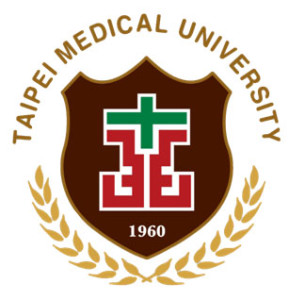It is no secret that for young people looking to the future, unlimited opportunities await within the science and technology sectors. Despite the incredible impact technology has made across most every industry, homegrown students are not pursuing the education necessary to fill these highly skilled positions at a fast enough pace. Whether the problem is disinterest in these subjects from an early age or lack of proper encouragement, it is increasingly clear on University campuses across America that international students are stepping up to fill the gaps, pursuing the heavily recruited positions and leading the way to innovation. We have to do more to show young Americans the possibilities available in Science, Technology, Engineering and Math (STEM) fields.
In my book, Guardians of the Dream, I shared some of the alarming projections for STEM job growth and our ability to meet the demand. Between 2011 and 2015, an estimated 1.7 million jobs will be created in cloud computing in North America, including the boom of mobile application technologies. By 2018, the bulk of STEM jobs will be in computing – over 70 percent. We are currently unable to meet those demands. We as a nation should be concerned about the importance of better preparing and motivating our students for achievement in STEM careers, as these promise increased prosperity and growth for our country’s future.
In my own hometown in Florida, I could see there was a need for more qualified STEM workers. As an engineer and successful businessman, it was clear to me that in order to attract the large employers needed to revitalize our local economy, we first needed to revitalize a skilled workforce. Feeling compelled to get more involved, I set out to create a STEM incentive program. Though I have long supported programs of education and leadership at the college student level, I decided to approach the need for advances in STEM learning among students at the high school level in an area of our county that was experiencing declines in achievement and motivation. What better way to reach the students if not through their teachers?
Looking back, I wasn’t a particularly successful student myself in the formative years, mainly due to boredom and a lack of inspiration in the classroom. The importance of visionary teachers is under- appreciated. Our nation’s most important resources are in their hands – ripe for proper cultivation.
This fall, in partnership with the Crestview Area Chamber of Commerce, the Paul Hsu Foundation Teaching Excellence Awards in Mathematics and Science (PHF TEAMS) was created to recognize excellence in the teaching of STEM. Our hope is to set a higher standard and to incentivize teacher’s best efforts for encouraging STEM, while bringing about improved performance in their classrooms. Through a thorough nomination and application process, two deserving teachers will each be selected to receive a $5000 award and special recognition. This is just a start, but we hope other organizations will see our path and provide similar private support, fueling STEM progress and building enthusiasm among America’s next generation of innovators.


